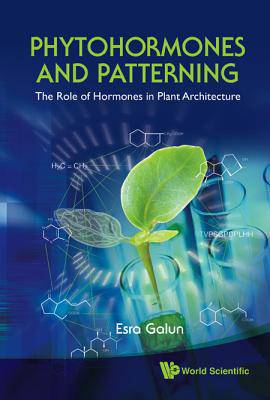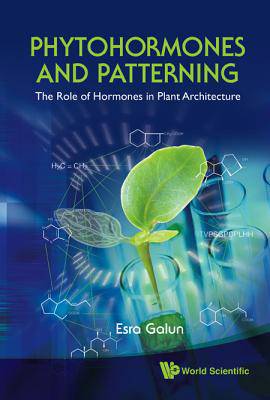
- Afhalen na 1 uur in een winkel met voorraad
- Gratis thuislevering in België vanaf € 30
- Ruim aanbod met 7 miljoen producten
- Afhalen na 1 uur in een winkel met voorraad
- Gratis thuislevering in België vanaf € 30
- Ruim aanbod met 7 miljoen producten
Zoeken
Phytohormones and Patterning: The Role of Hormones in Plant Architecture
Esra Galun
Hardcover | Engels
€ 143,45
+ 286 punten
Omschrijving
Written by an experienced researcher in the field, Phytohormones and Patterning provides the most up-to-date and comprehensive information on the processes involved in the patterning of plant organs and tissues, as well as the role of phytohormones in organ development. It also provides an account of the molecular-genetic bases of plant architecture, with several hundred references included to facilitate easier literature search of this important field.Although plant patterning and plant hormones are very active fields of endeavor, there are limited reviews focussing on specific topics such as root patterning and short apex differentiation. This book, which deals with the subject matter extensively, will provide a much needed comprehensive discussion on the entire scope of plant patterning, and the impact of phytohormones on patterning, which was otherwise missing.Students studying plant development will benefit greatly from the book, as will undergraduates in agricultural studies, and those studying plant genetics and plant breeding. As the book covers a wide range of topics, it will also be useful for researchers who may be interested in possible new fields, and to readers who may not be experts but who are interested to enhance their knowledge of plant development.
Specificaties
Betrokkenen
- Auteur(s):
- Uitgeverij:
Inhoud
- Aantal bladzijden:
- 428
- Taal:
- Engels
Eigenschappen
- Productcode (EAN):
- 9789814293600
- Verschijningsdatum:
- 1/09/2010
- Uitvoering:
- Hardcover
- Formaat:
- Genaaid
- Afmetingen:
- 165 mm x 246 mm
- Gewicht:
- 1097 g

Alleen bij Standaard Boekhandel
+ 286 punten op je klantenkaart van Standaard Boekhandel
Beoordelingen
We publiceren alleen reviews die voldoen aan de voorwaarden voor reviews. Bekijk onze voorwaarden voor reviews.








